10 Cities In Asia You’ve Never Heard Of (But Will Want To Visit)
Malacca, Malaysia
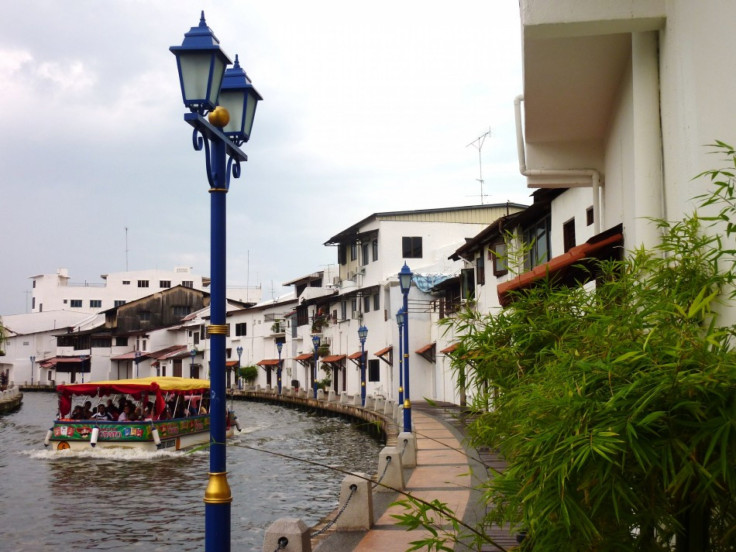
The artfully preserved streets of Chinatown buzz with excitement; walking along the ramparts of the Portuguese fort to some of the oldest Dutch buildings in the East at Town Square; and watching the boats float down the river, you'd swear you were in Venice. But this is Malacca, a time capsule caught in a web of Eastern gods and Western greed. Malacca, like a mound of clay, was passed among competing architects, molded to fit each taste and left forever spinning on the potter's wheel. The result is jumbled, completely unpredictable and thoroughly enjoyable.
Udaipur, India
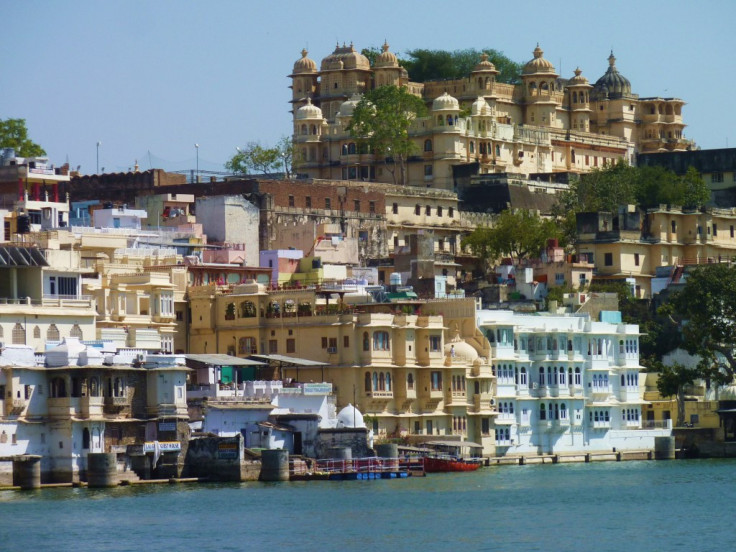
Bask in the Rajput-era opulence of Udaipur along Lake Pichola and you will soon see why it’s called the “Venice of the East,” the “City of Lakes,” and the most romantic spot in Asia. This fairytale mirage on the edge of the Great Thar Desert is nothing short of a feast for the eyes, with its sparkling palaces and cobbled streets chockablock with artisans, jewelers and craftsmen. There are plenty of characters, too. The men like their mustaches long enough to twirl, the women like their saris bright enough to blind your eyes, and the musicians will only sing the kind of heartbreaking gypsy ballads that bring tears to your eyes. It’s a welcome respite from the hustle and bustle of modern India, and a surprising find in a nation rarely known for its romantic settings.
Bukhara, Uzbekistan
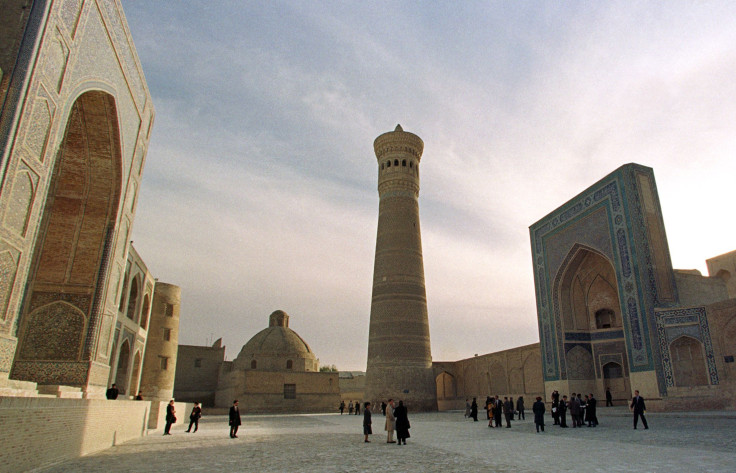
Calling all history buffs: Live out your Silk Road fantasy in Bukhara, an impeccably preserved 2,000-year old hub of trade, scholarship, culture and religion. This historically significant outpost has an urban fabric that’s remained largely intact, despite invasions by Persians, Arabs, Mongols and the Russian Empire. It’s now Central Asia’s holiest city and has more than 140 UNESCO-protected buildings, including dozens of 17th century madrasas, to prove it. Indeed, UNESCO says Bukhara has the best-preserved medieval center in the whole of Central Asia.
Luang Prabang, Laos
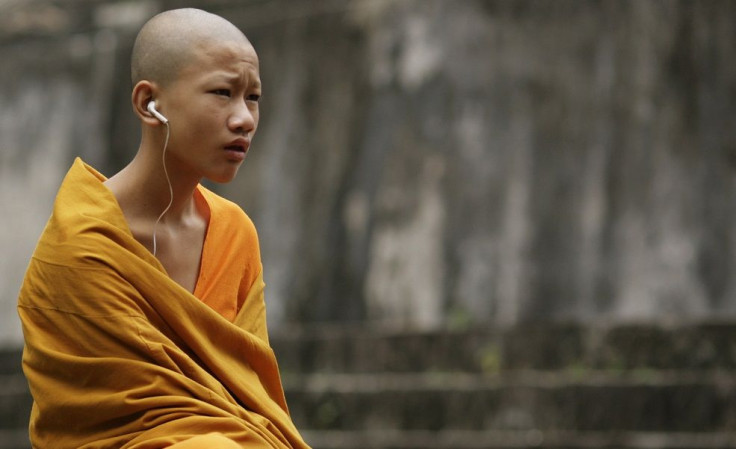
Nestled at the confluence of the Nam Khan and Mekong rivers, Luang Prabang's dreamy backstreets overflow with art, architecture and a rich history. It’s a place where dignified monks, cloaked in tangerine, far outnumber tourists. Where bald-headed boys training at the city's dazzling temples still spill out onto the streets each morning at daybreak to gather their alms from the kneeling public. Despite winning the Wanderlust Travel Awards’ top prize each and every year and topping annual lists from The New York Times and others, Luang Prabang remains a quiet town on the verge of super stardom.
Ulaanbaatar, Mongolia
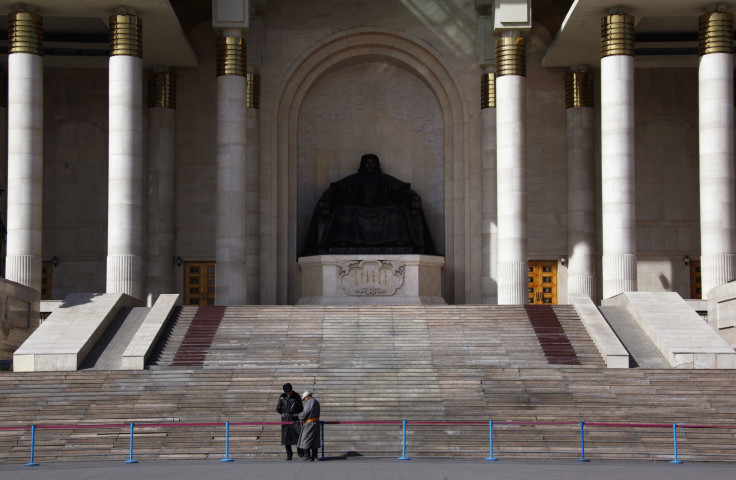
If you thought Mongolia was nothing more than the land of Genghis Khan, think again. Its increasingly modern capital (and only real city of substance) Ulaanbaatar has been surprising tourists of late with its bohemian shops, serene monasteries and enlightening museums. It may not be the prettiest thing you’ve ever seen, but it’s also a perfect base from which to explore the great beyond. Envision vast open desert, towering snow-capped mountains and deep craggy gorges. Picture Buddhist temples, mysterious ruins, felt homes and the caw of an eagle. Sprinkle on top of all of that the legend of a man who started with nothing and drastically changed the course of history. This is the time-traveling allure of Mongolia.
Bagan, Burma
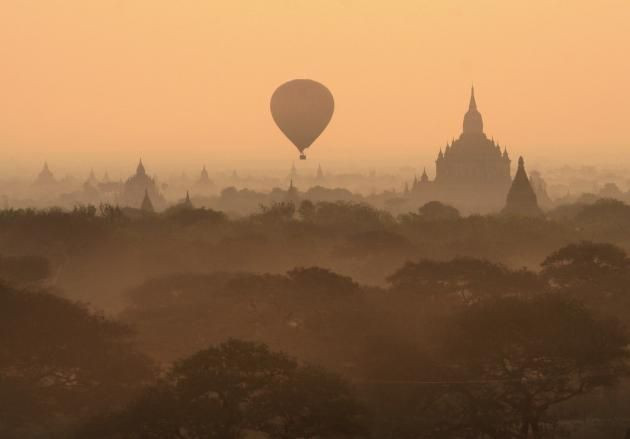
Talk about a 180. Myanmar, still better known as Burma, went from being Southeast Asia’s black hole to its hottest attraction in 2012 as visitor numbers topped 1 million, way more than the nation’s 448 hotels could handle. While Yangon (Rangoon) struggles to keep up with the demand, Bagan has remained a tad quieter and is your best bet if you want to tack Myanmar onto your “Banana Pancake” tour of Southeast Asia in 2013. Home to the world’s largest and densest concentration of Buddhist temples, pagodas, stupas and ruins, this immense archeological site has flown completely under the radar … until now.
Harbin, China
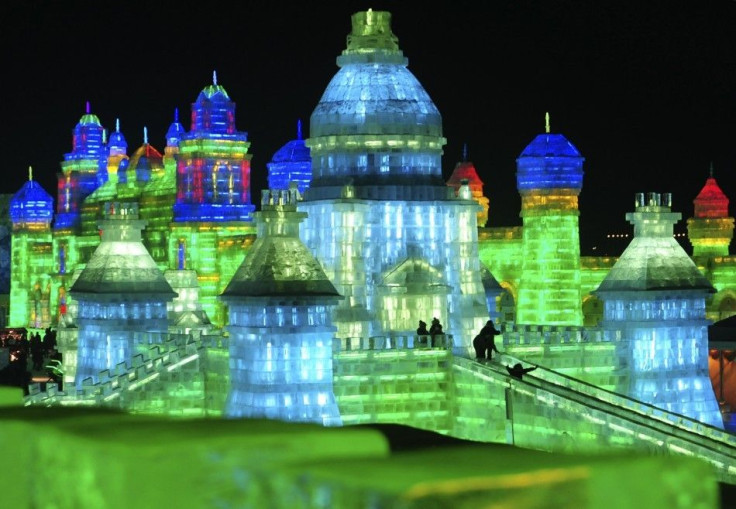
China is full of massive, multimillion-person cities that you’ve never even heard of, but while some of them are bleak urban jungles, Harbin in the far northeast bucks the trend. This Russian-infused outpost is the best place in China to chill out each winter when it lights up in Technicolor for the Harbin Ice Festival. Millions of crystal-clear ice blocks are literally plucked from the Songhua River to create enormous ice structures that are best seen at night when Harbin twinkles like a giant Lite-Brite. Beyond city limits, festival-goers hit the ski slopes at Yabuli and visit the ice-lantern exhibition in Zhaolin Garden. A brave few also strip down for some “polar bear” swimming in the frozen Songhua River, which locals will tell you is good for blood circulation and overall health (though your body may disagree).
Kandy, Sri Lanka
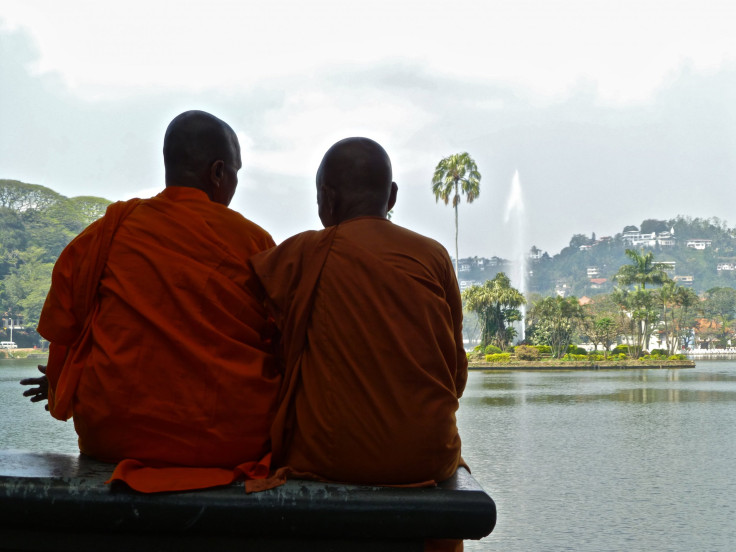
Most first-time visitors to Sri Lanka go for the beaches, but they come back again for the Hill Country encircling the island’s second city, Kandy. The locals here like to think of themselves as superior to those in the lowlands, and, to be fair, they’ve got plenty to brag about. Kandy was the capital of the last Sinhalese kingdom in Sri Lanka, which fell to the British in 1815, and history is alive and well along the shores of its central lake. Add to the mix brooding emerald hills, a plethora of enticing boutique hotels and some of the freshest Ceylon tea you’ll ever taste, and you’ve got the perfect combination for a relaxing getaway.
Kazan, Russia
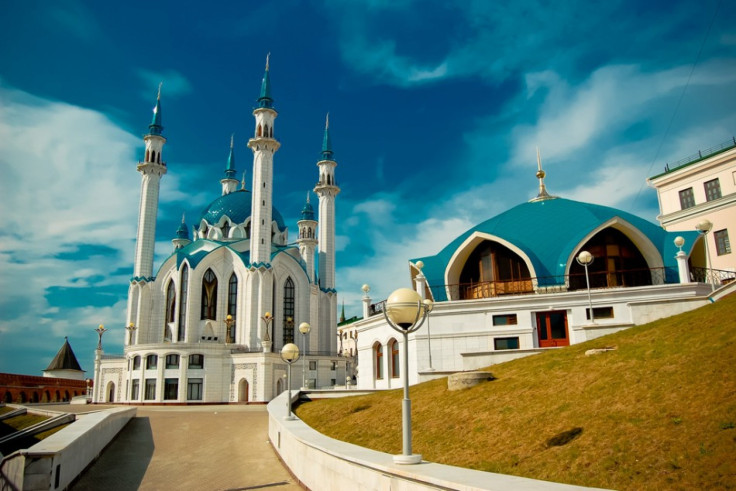
Kazan is the capital and largest city of the Republic of Tatarstan, and brands itself as the Third Capital of Russia after Moscow and St. Petersburg. This often overlooked city peacefully blends Muslim and Christian cultures, and is famous for its museums, theaters, restaurants and riverside views -- all with an atmosphere redolent of Central Asia. Kazan's also known as a sports city, and is gearing up to be the host of the 2013 Summer Universiade and a main host city for the 2018 FIFA World Cup. As it opens its arms to the world, Kazan's global reputation is sure to rise.
Kampot, Cambodia
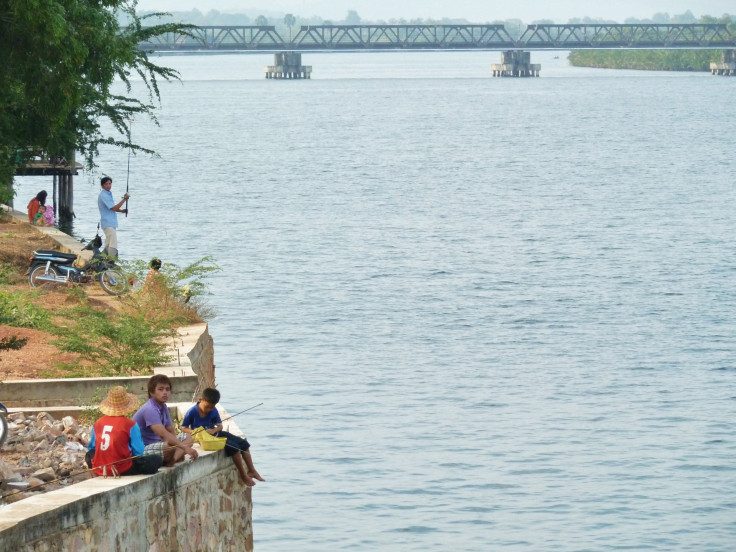
You'll never realize pepper (as in the table companion to salt) could taste so good until you toss it atop your fish amok in Kampot -- the pepper capital of the world. This quiet town has emerged from dilapidation to become a culinary hotspot of Cambodia with an awesome array of riverside restaurants tucked away in crumbling French colonial villas. While it's the perfect place to kick back for some southern Cambodian charm, it's also an ideal base for trips into Bokor National Park, where you can take in the lost grandeur of Bokor Hill Station, and Rabbit Island, where you can live out your Robinson Crusoe fantasy.
© Copyright IBTimes 2025. All rights reserved.






















